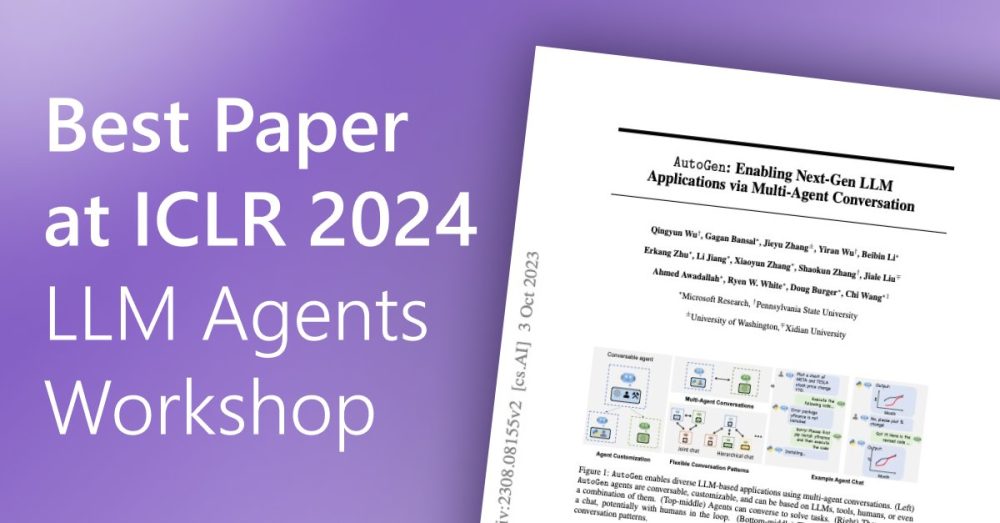The International Conference on Learning Representations (ICLR) 2025 has seen a significant number of submissions, particularly focusing on the topic of Large Language Models (LLMs). This year’s batch includes 15 papers, and the statistics provide an interesting insight into the review process and the quality of submissions.
Statistics Breakdown
Here are the key statistics for the ICLR 2025 batch:
- Average score: Maximum 6.4, Minimum 3.4
- Single score: Maximum 8, Minimum 1
- 11 out of 15 papers scored below 5.5
- 10 out of 15 papers have at least a score of 3
- 11 out of 15 papers have a maximum score of 5 or 6
These statistics highlight the variability in the review scores, which is not uncommon when all authors are also reviewers. The peer review process can often lead to a wide range of scores, reflecting different perspectives and criteria used by reviewers.
Peer Review Dynamics
The peer review process at conferences like ICLR is crucial for maintaining the quality and integrity of the research presented. However, it also introduces certain challenges. When authors are also reviewers, there can be a tendency for bias, both positive and negative. This year’s statistics suggest a diverse range of opinions among reviewers, which is a healthy sign of a rigorous review process.
For instance, the highest single score of 8 and the lowest score of 1 indicate that some papers were highly appreciated by certain reviewers while being critically evaluated by others. This diversity in scoring can be attributed to the varying expertise and perspectives of the reviewers.
Implications for Future Submissions
For future submissions, these statistics provide valuable insights for researchers. Understanding the scoring trends can help authors better prepare their papers to meet the expectations of a diverse reviewer pool. It also emphasizes the importance of clear, well-structured, and impactful research that can appeal to a broad audience.
Moreover, the fact that 11 out of 15 papers scored below 5.5 suggests that there is room for improvement in the quality of submissions. Researchers should focus on strengthening their methodology, providing robust evidence, and clearly articulating their contributions to stand out in the competitive review process.
Conclusion
The ICLR 2025 batch of papers on LLM topics showcases the dynamic and rigorous nature of the peer review process. The statistics provide a snapshot of the current state of research in this field and offer valuable lessons for future submissions. As the field of AI and machine learning continues to evolve, maintaining high standards in research and review processes will be crucial for advancing knowledge and innovation.
Ready to Transform Your Hotel Experience? Schedule a free demo today
Explore Textify’s AI membership
Explore latest trends with NewsGenie
